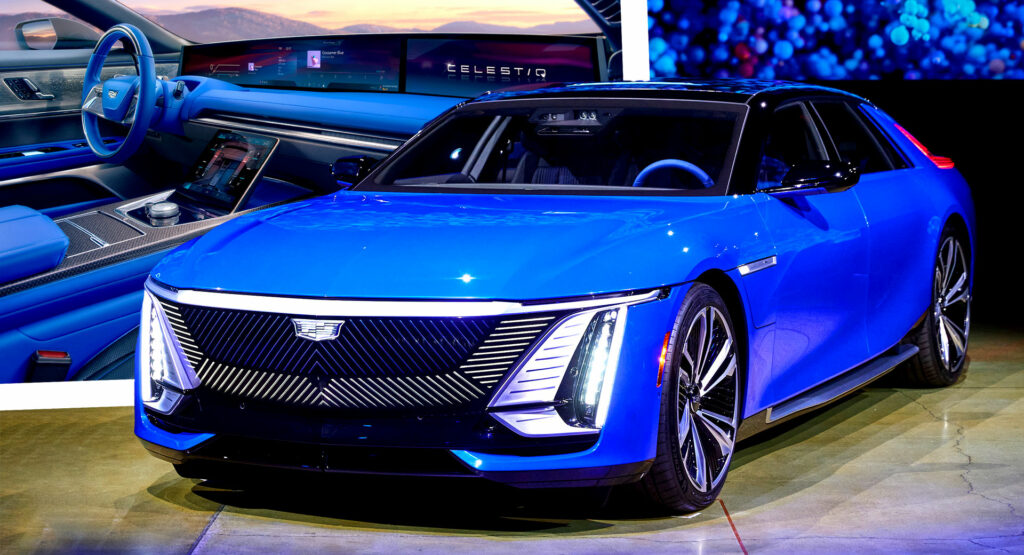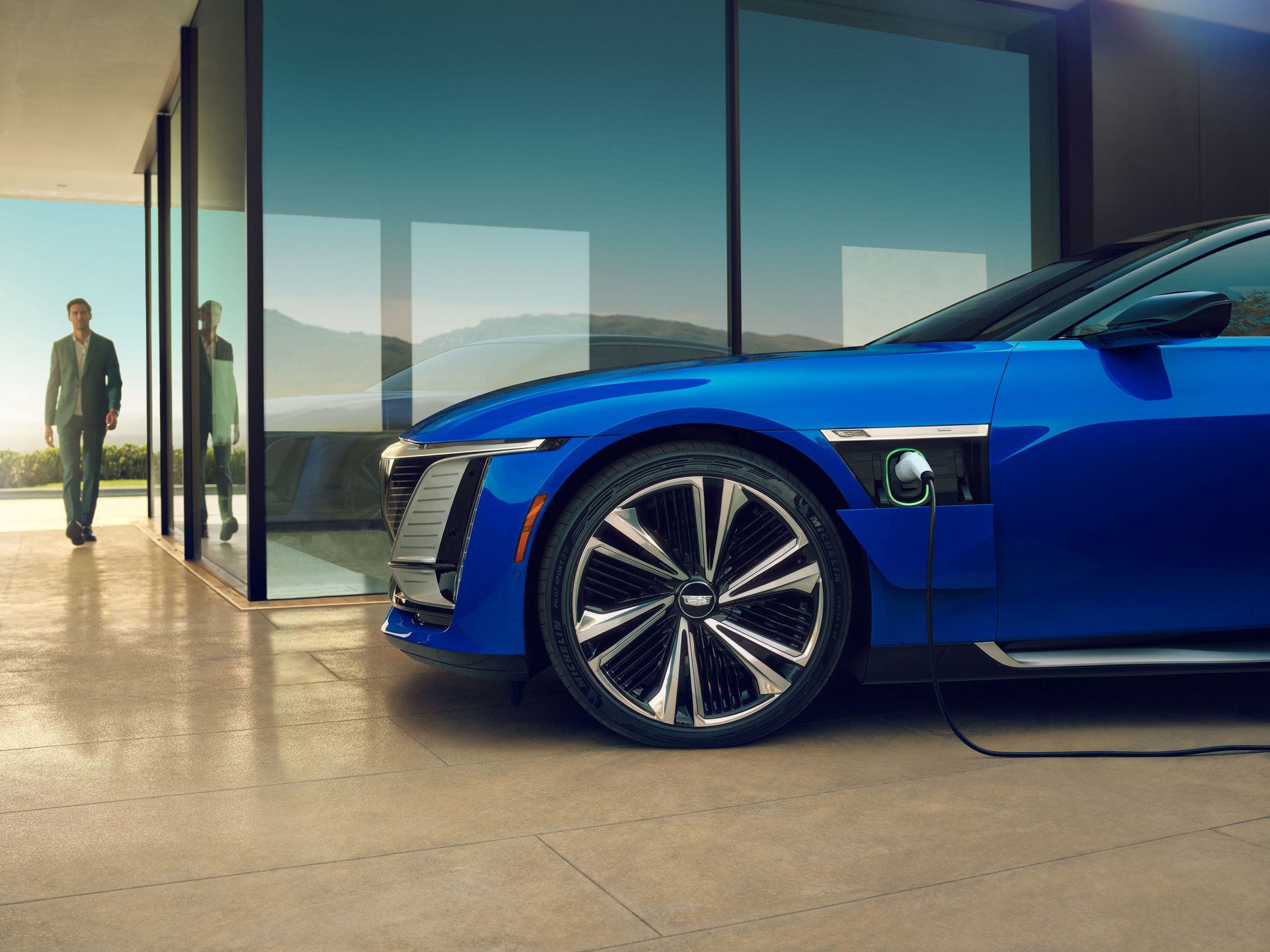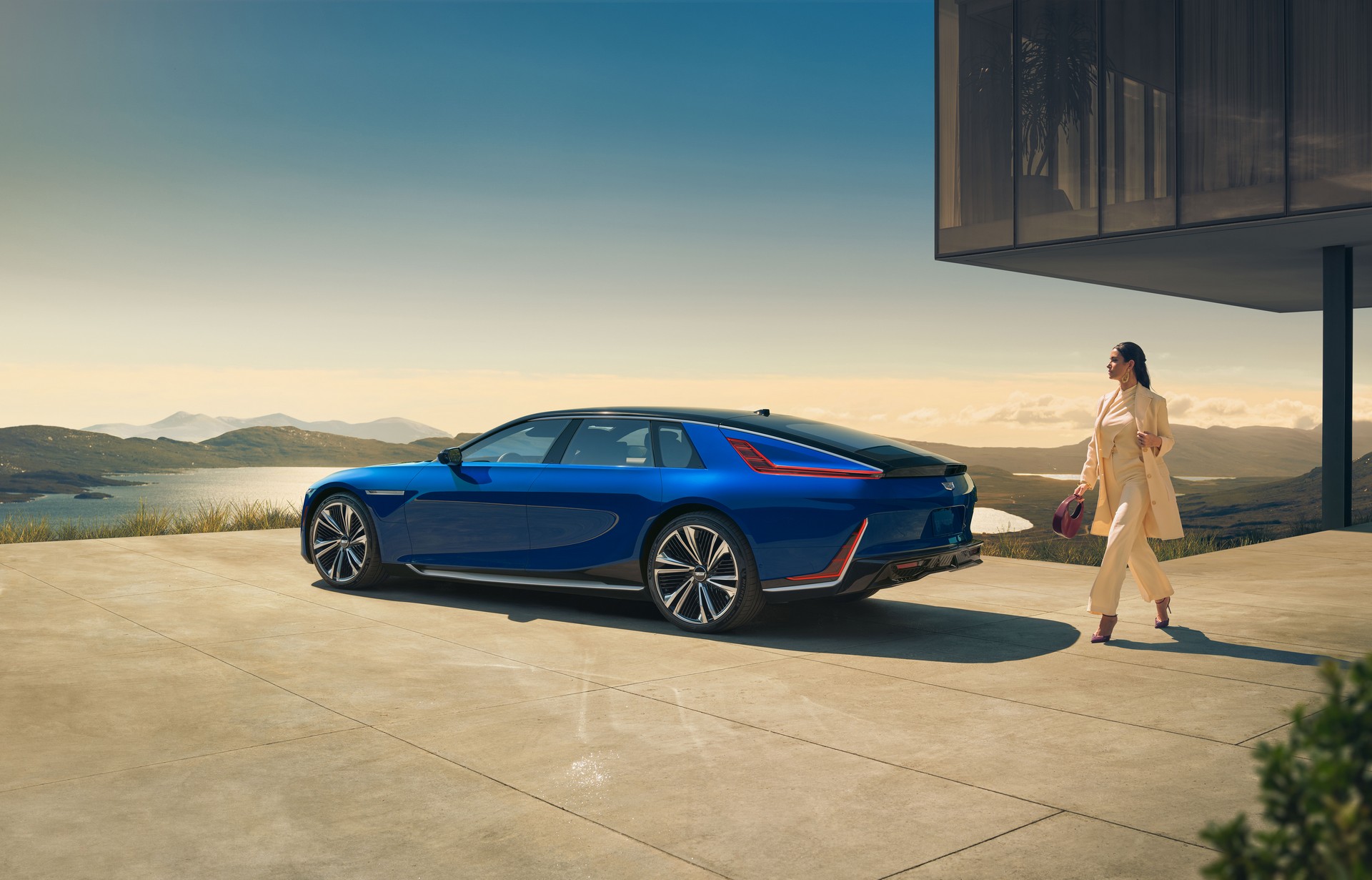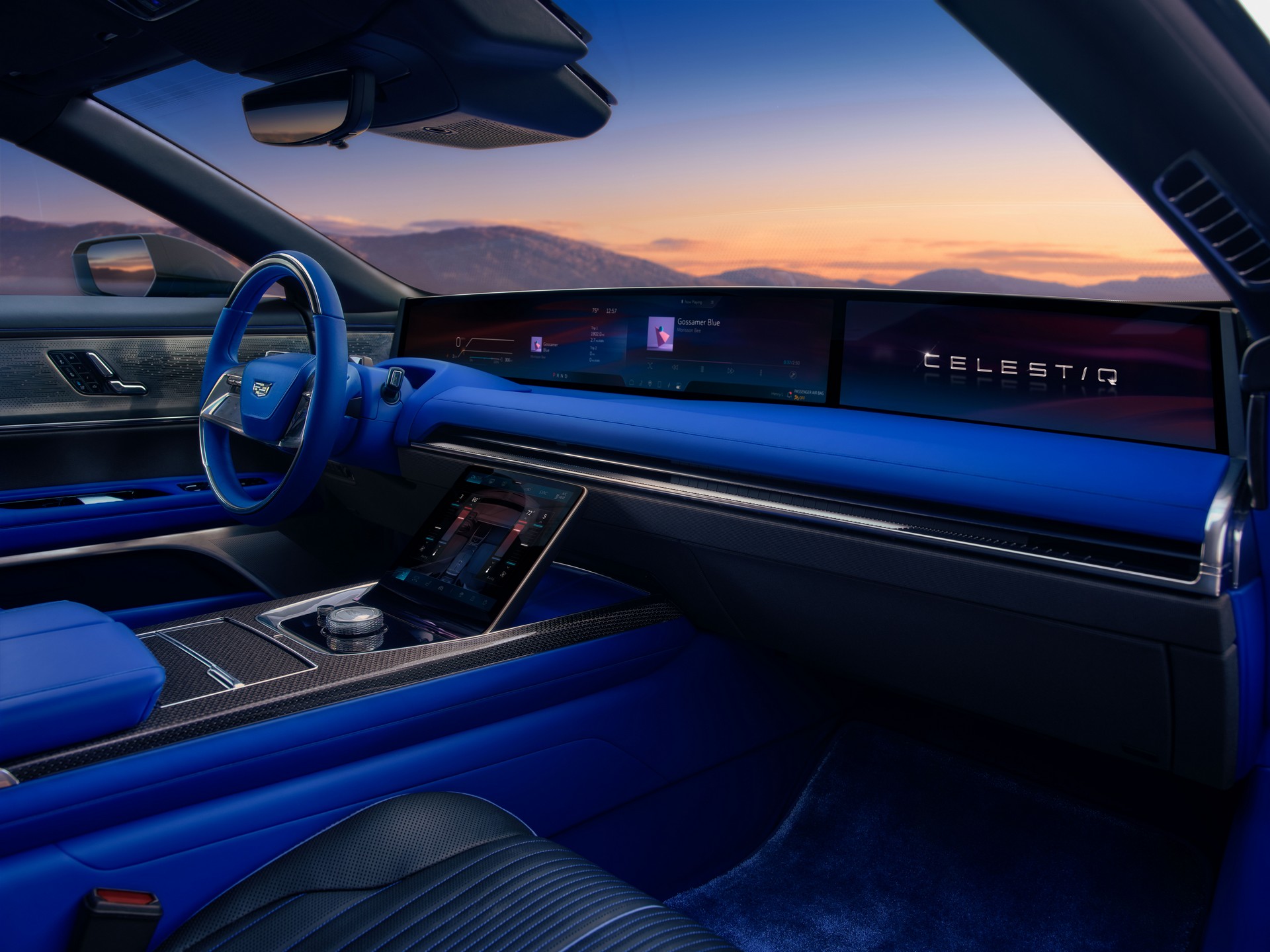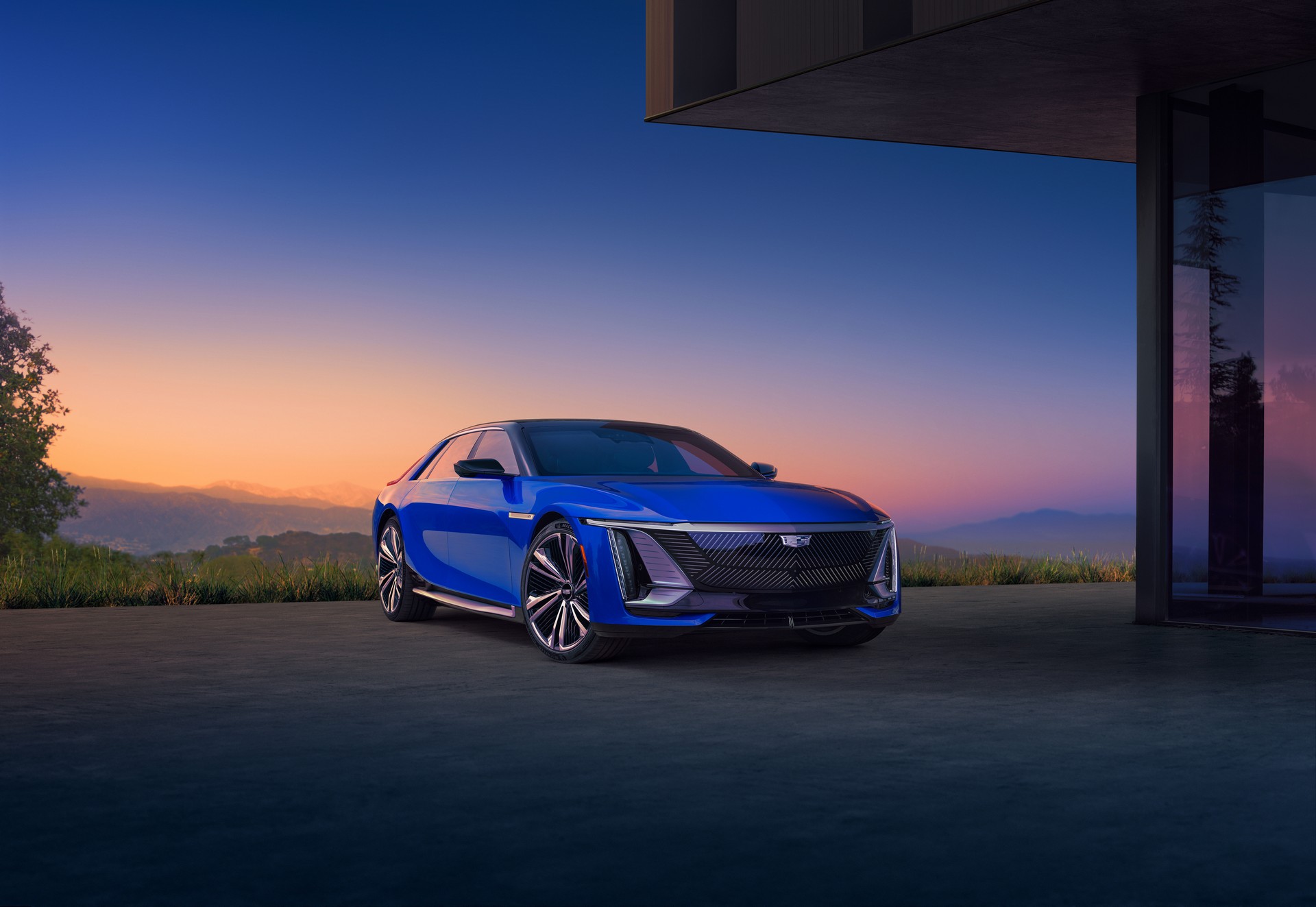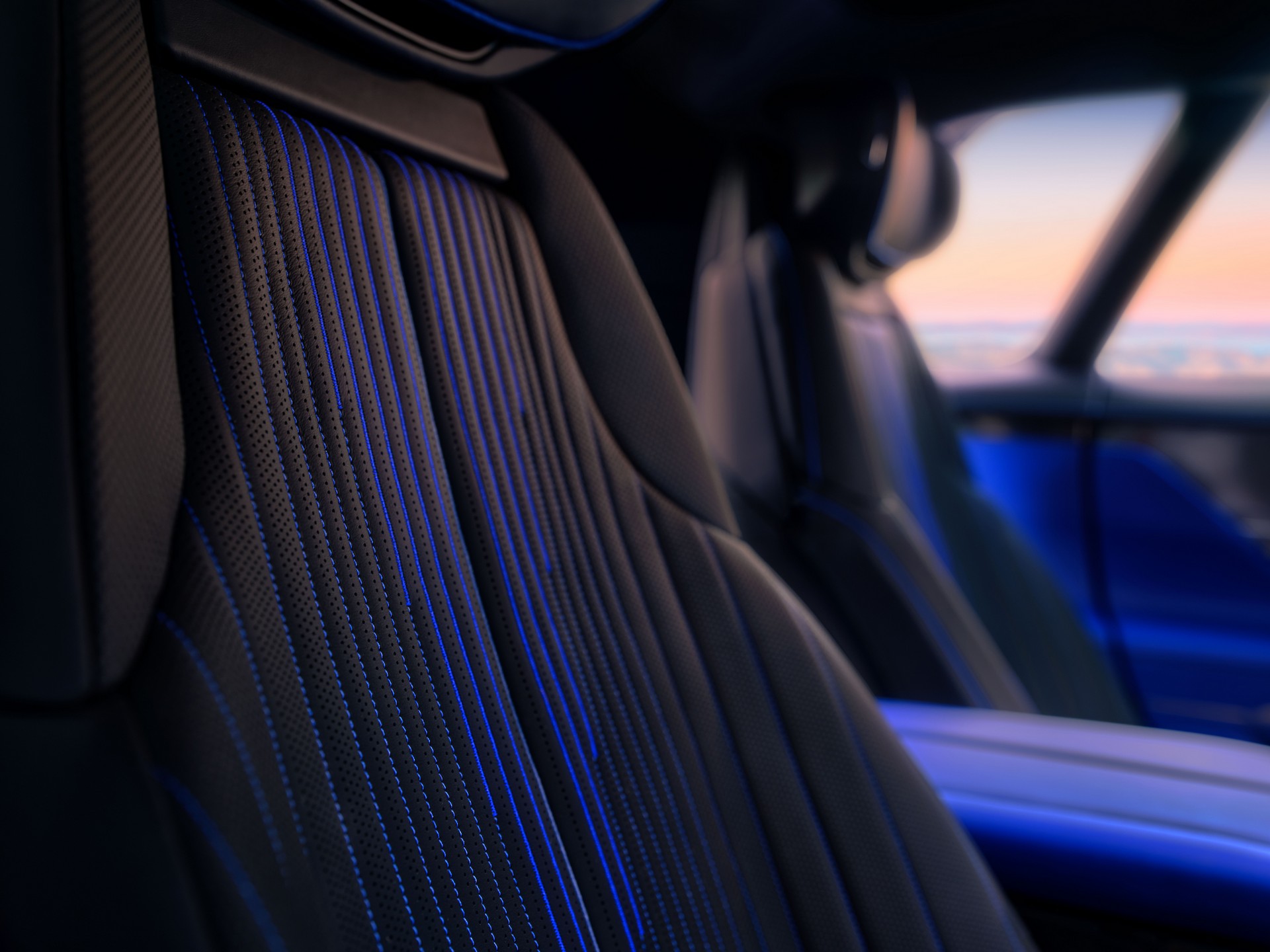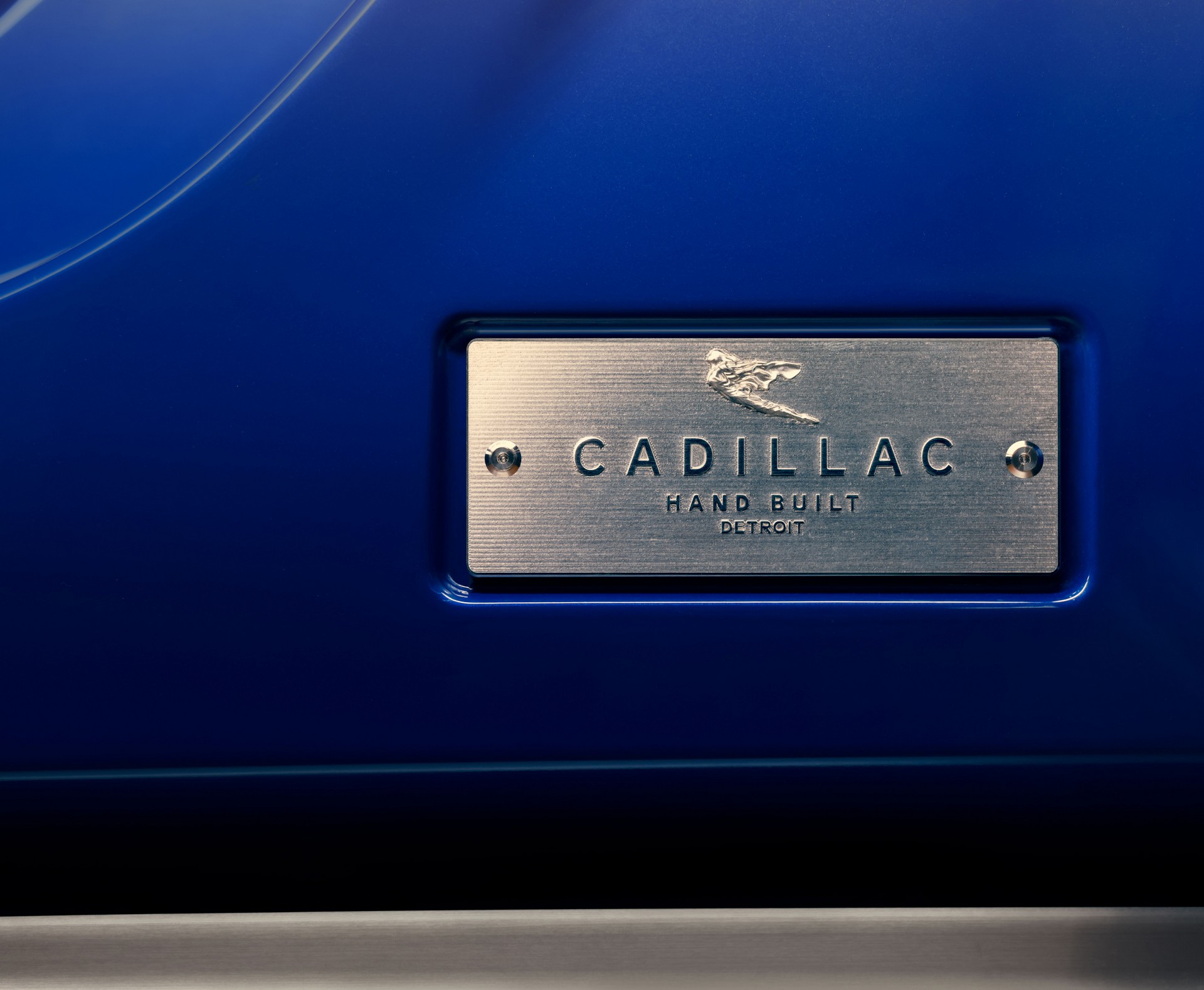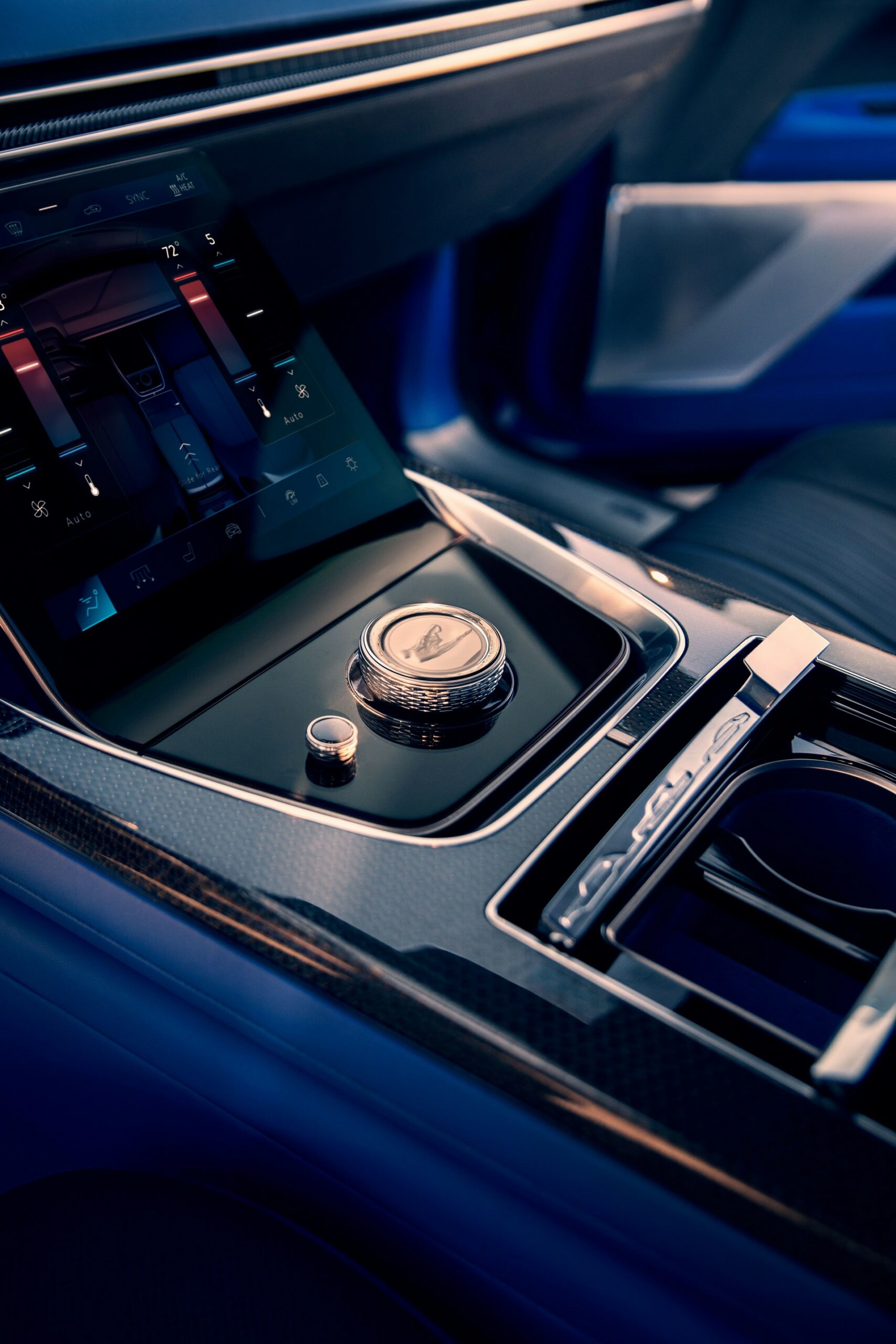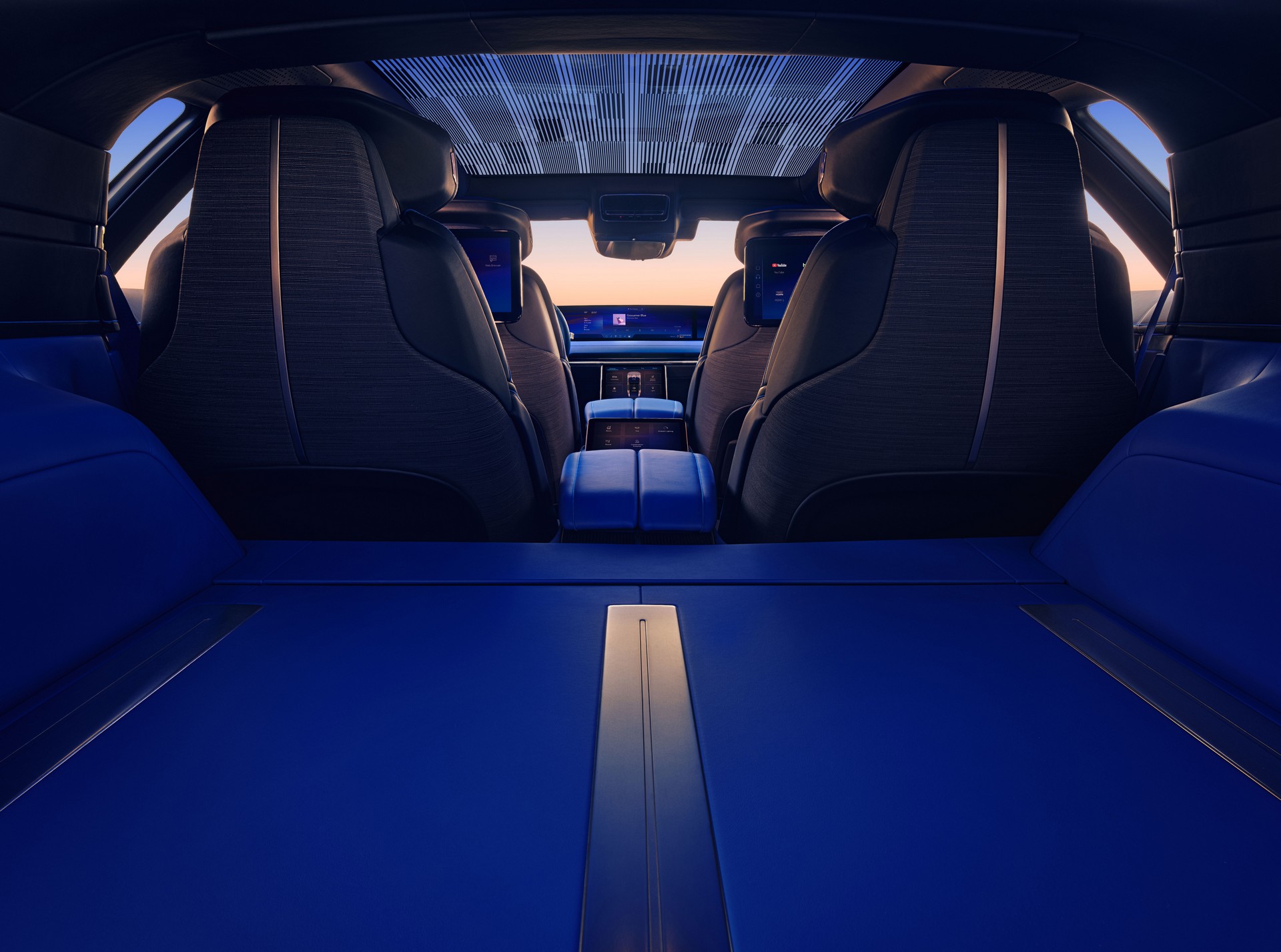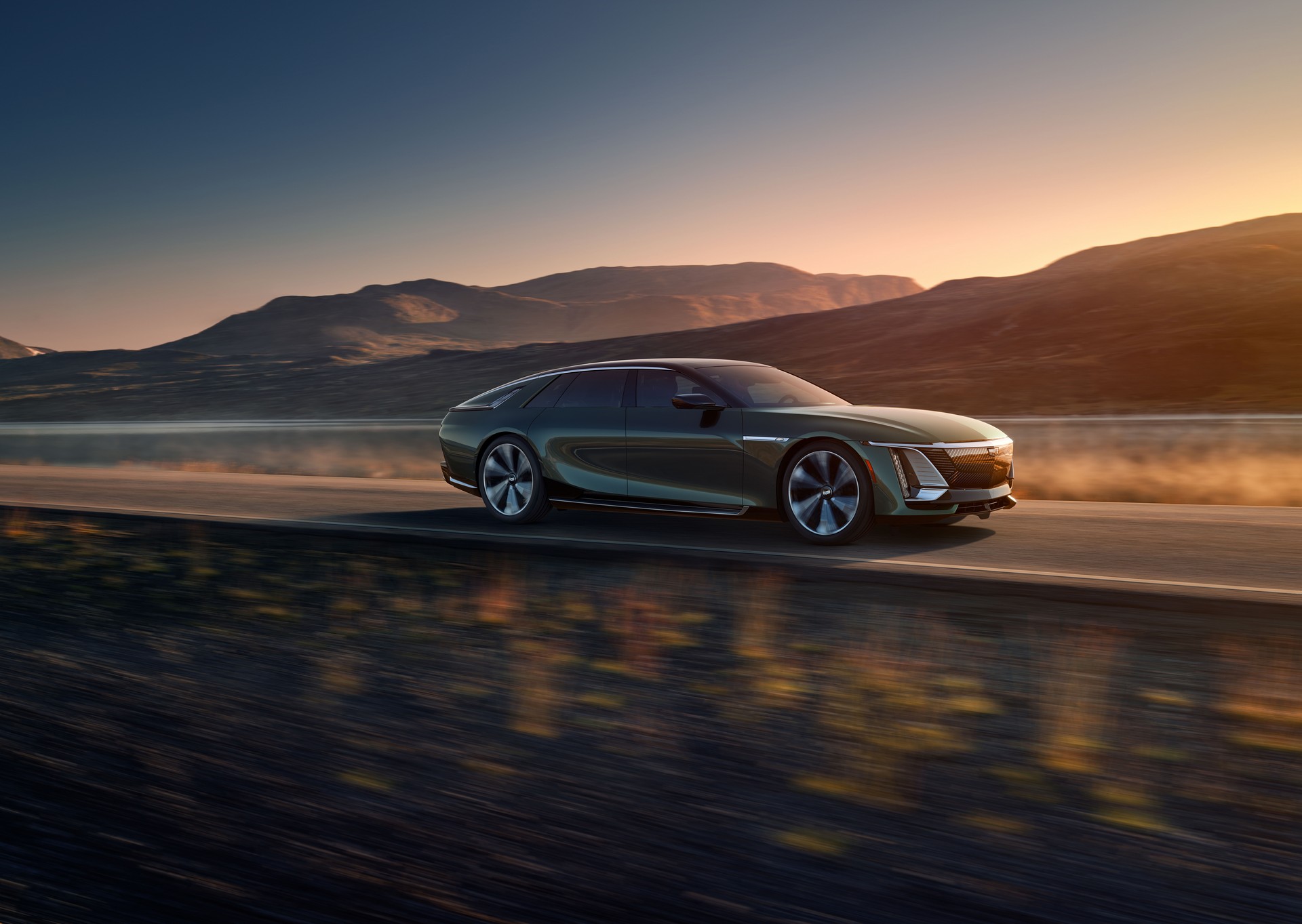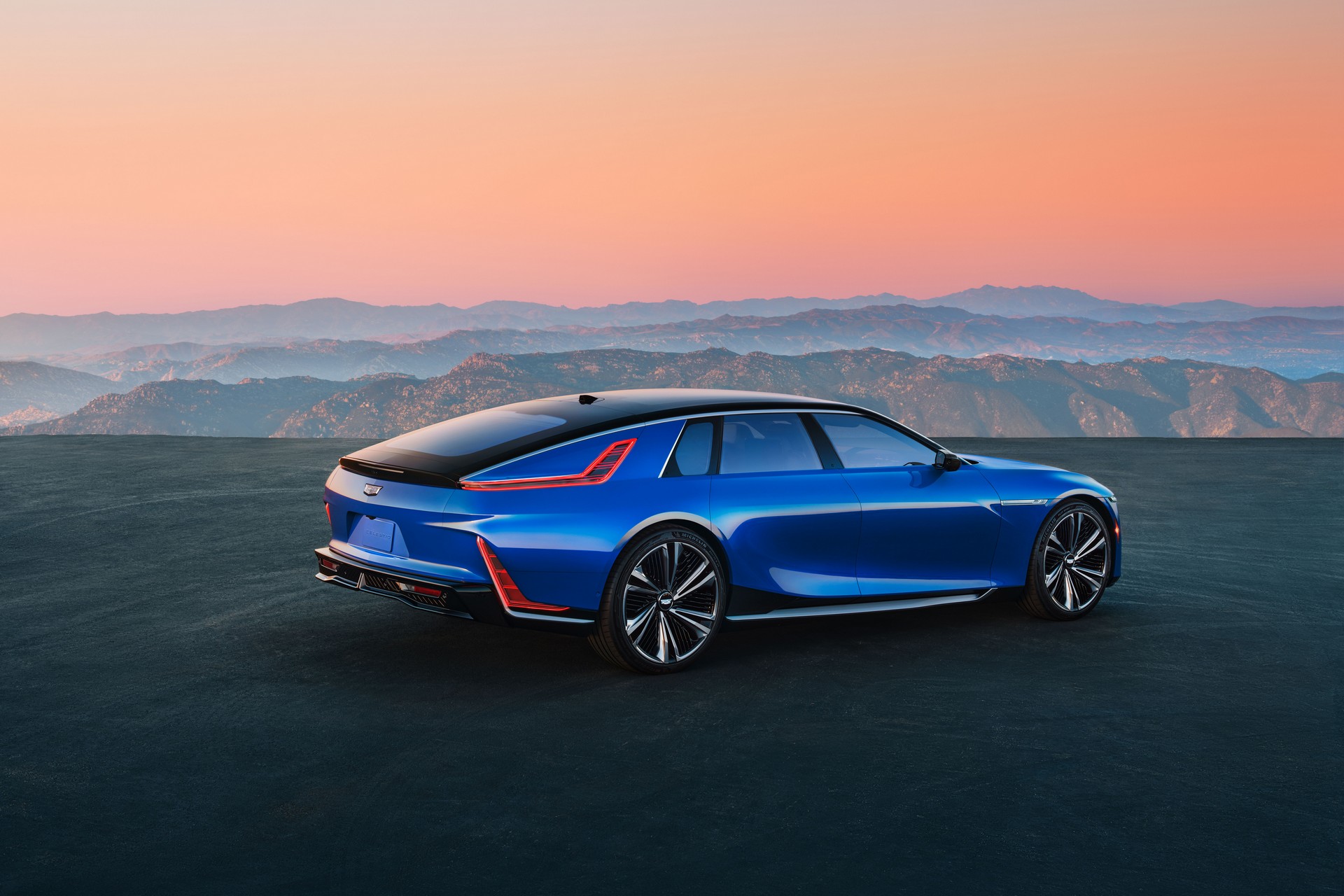After decades of false starts and tantalizing concepts, Cadillac has officially returned to the world of ultra-luxury vehicles with the Celestiq flagship.
Previewed by a concept earlier this year, the production Celestiq features a 111 kWh battery pack that powers a dual-motor all-wheel drive system developing an estimated 600 hp (447 kW / 608 PS) and 640 lb-ft (867 Nm) of torque. This setup enables the car to accelerate from 0-60 mph (0-96 km/h) in 3.8 seconds and travel approximately 300 miles (483 km) on a single charge.
Despite its flagship status, the Celestiq only supports DC fast charging up to 200 kW. That pales in comparison to the 350 kW capability offered by the Porsche Taycan and Hyundai Ioniq 5. This is a big disappointment, but Cadillac noted the model should be able to get 78 miles (126 km) of range in as little as 10 minutes.
The Road To Celestiq: A Look Back At Cadillac’s Previous Ultra-Luxury Concepts
Cadillac says the Celestiq has been designed to deliver the “ultimate in ride refinement without sacrifices.” As part of this effort, the model has been outfitted with an adaptive air suspension, magnetic ride control, and an active rear steering system that enables the rear wheels to turn up to 3.5 degrees. The rear wheels can turn in the same or opposite direction of the front wheels to improve low speed maneuverability or high speed stability.
That’s just the tip of the ultra-luxury iceberg as the Celestiq sports active roll control technology and an electric power steering system that automatically adjusts to the ideal steering ratio depending on the vehicle’s speed. Engineers also equipped the flagship with a five-link front and rear suspension that features isolators which are “precisely tuned to minimize cabin disturbances yet allow proper road feel and handling response, delivering on Cadillac’s promise of isolated precision.”
Cadillac went on to say the model rides on an “all-new architecture dedicated exclusively to Celestiq.” It’s based on the Ultium platform and allows for the “ultimate expression of ultra-luxury and unmatched client customization, enabled by advanced manufacturing techniques.” The company didn’t go into many specifics, but noted the car’s underbody has six large precision sand-cast aluminum components which each help to eliminate 30 to 40 components compared to typical stamped construction.
The flagship also sports 115 3D printed parts including window switches, grab handles, console decor, and structural pieces. The model also utilizes “flex fabrication” that sees “metal sheets … folded and manipulated into the unique shapes required for the Celestiq’s design.”
Putting the platform and powertrain aside, we can’t help but be underwhelmed by the Celestiq’s appearance. The shape is certainly unique, but sometimes being the odd man out isn’t a good thing.
That being said, the production model closely echoes the concept and features a multi-material body that incorporates lightweight carbon fiber. The front end follows in the footsteps of the Lyriq and features a fully enclosed grille that is flanked by Digital Micromirror Device headlights with 1.3 million pixels per side.
Continuing further back, there’s a rakish windscreen that flows into a sloping roof. Speaking of the latter, the model is equipped with a smart glass roof that is divided into four different zones and uses suspended particle device technology to adjust the amount of light that is let into the cabin.
Rounding out the highlights are an active rear spoiler, power opening and closing doors, and available 23-inch forged aluminum wheels that feature Michelin Pilot Sport EV summer-only tires.
The disappointing design continues in the cabin as nothing really says ultra-luxury as Cadillac went with a minimalist aesthetic that is largely devoid of excitement. It eschews the Rolls-Royce ‘wow factor’ and instead feels clinical and bland.
Technology is front and center as there’s a 55-inch display that runs the entire width of the dashboard. It features a digital instrument cluster and infotainment system for the driver as well as a separate display for the front passenger.
On the topic of screens, there’s an 11-inch Front Command Center on the center console as well as an 8-inch Rear Command Center for rear seat passengers. They’re joined by two 12.6-inch displays that form the rear seat entertainment system.
Other highlights include a four-zone climate control system, hand-wrapped leather, and numerous metal accents that feature “fine milling, anodization and a final polishing by hand.” The interior also boasts 450 LEDs, a 38-speaker AKG audio system, heated and ventilated seats, heated armrests, and a “neck scarf” system.
The Celestiq will also have an Ultra Cruise semi-autonomous driving system as well as extensive customization options as each car will be “personally commissioned” with no two being alike. As part of this effort, buyers will “work directly with their selected dealer and Cadillac designers to realize their unique vision for the car, with unprecedented levels of personalization tailored to reflect the owner’s tastes.”
The Celestiq is slated to go into production in December of 2023 and pricing starts “north” of $300,000. The model will be hand-built in extremely low volumes in Warren, Michigan despite the plaque saying it’s made in Detroit.




